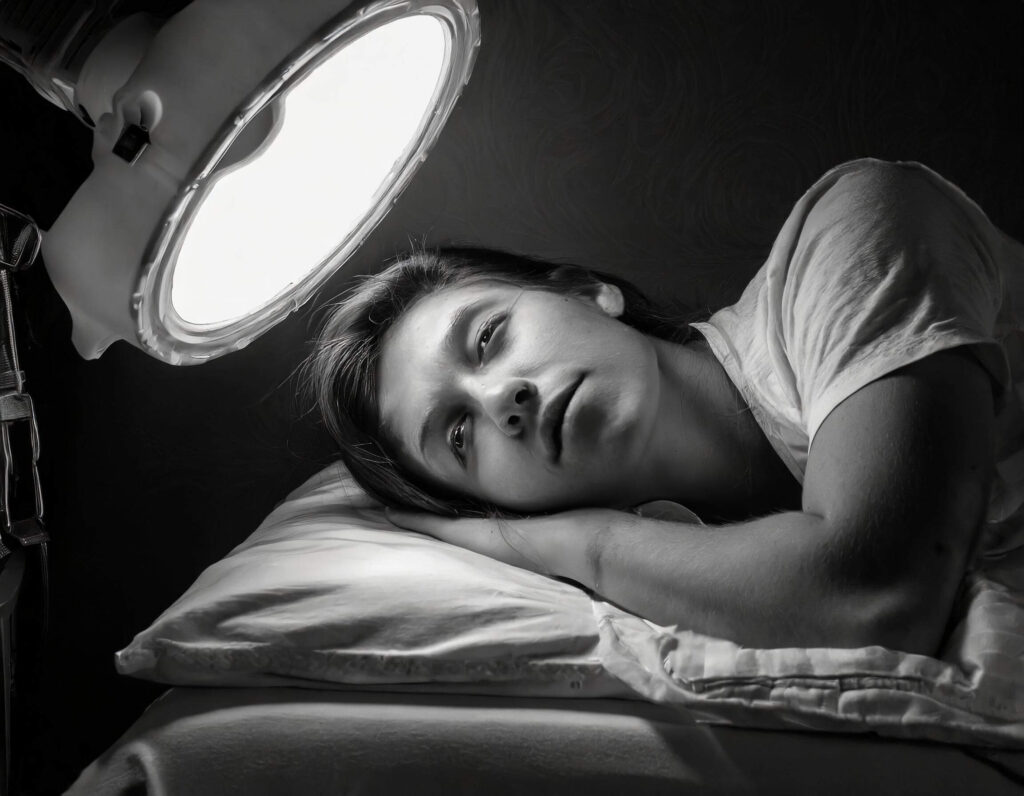Introduction
Sleep apnea is a prevalent sleep disorder characterized by pauses in breathing or shallow breathing during sleep. The Obstructive Apnea Hypopnea Index (AHI) is a critical measure used to diagnose the severity of this condition. Traditional methods of estimating AHI involve overnight polysomnography, which, while effective, can be costly and inconvenient. This article explores the use of nocturnal snoring signals as a non-invasive alternative for estimating AHI.
Understanding the Apnea Hypopnea Index (AHI)
The Apnea Hypopnea Index (AHI) is a key metric used to diagnose and assess the severity of obstructive sleep apnea (OSA). It represents the number of apneas (complete cessation of breathing) and hypopneas (partial reduction in breathing) per hour of sleep. A higher AHI indicates more severe OSA, which can lead to significant health issues if left untreated.
Challenges with Traditional Methods
Traditional methods of estimating AHI involve polysomnography, which requires patients to spend a night in a sleep clinic connected to various sensors. While this method provides comprehensive data, it is expensive, time-consuming, and uncomfortable for many patients. There is a growing need for non-invasive, home-based methods to make sleep apnea diagnosis more accessible.
The Role of Snoring in AHI Estimation
Snoring is a common symptom of obstructive sleep apnea and is caused by the vibration of respiratory structures due to airflow obstruction. Analyzing nocturnal snoring signals can provide insights into the severity of airflow obstruction and, consequently, the AHI. Researchers have developed algorithms that can analyze the frequency, amplitude, and duration of snoring sounds to estimate AHI with a reasonable degree of accuracy.
Advantages of Using Snoring Signals
- Non-Invasive: Unlike polysomnography, snoring signal analysis does not require physical sensors, making it more comfortable for patients.
- Cost-Effective: This method can be conducted in the patient’s home, reducing the need for expensive sleep clinic visits.
- Convenient: Patients can perform the test in their natural sleep environment, which may lead to more accurate results.
Research and Validation
Recent studies have shown a strong correlation between snoring signal patterns and AHI, suggesting that this method could be a viable alternative to traditional polysomnography. However, further research is needed to refine the algorithms and ensure that they can accurately differentiate between various severities of sleep apnea.
Conclusion
Estimating the Apnea Hypopnea Index (AHI) using nocturnal snoring signals is a promising development in the field of sleep medicine. This non-invasive, cost-effective method has the potential to make sleep apnea diagnosis more accessible to a broader population. As research in this area continues, it is likely that snoring signal analysis will become a standard tool in the diagnosis and management of sleep apnea.
Further Reading
For those interested in a more detailed understanding, the full research paper is available for download. (Note: PDF preview should be added
manually to the article.)




